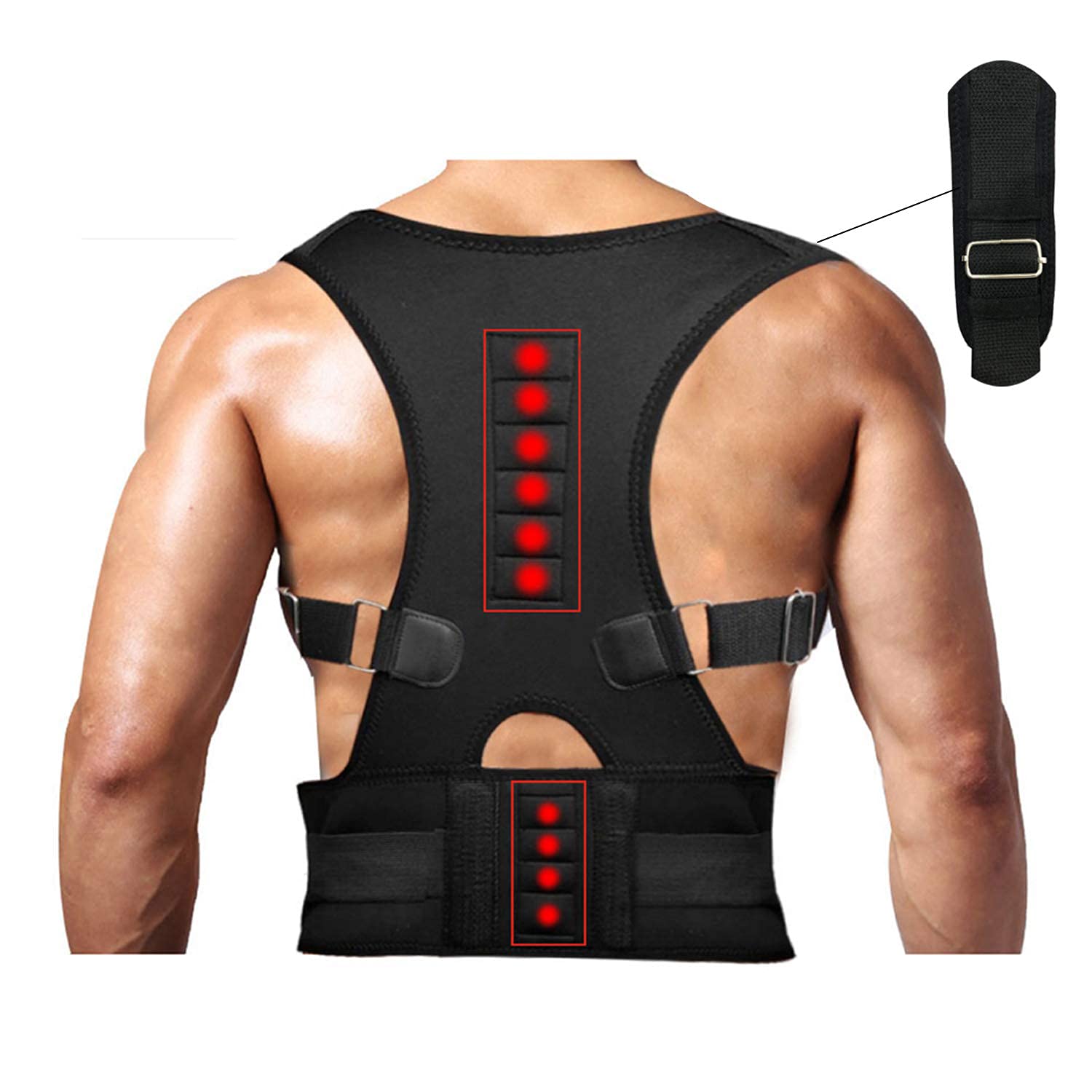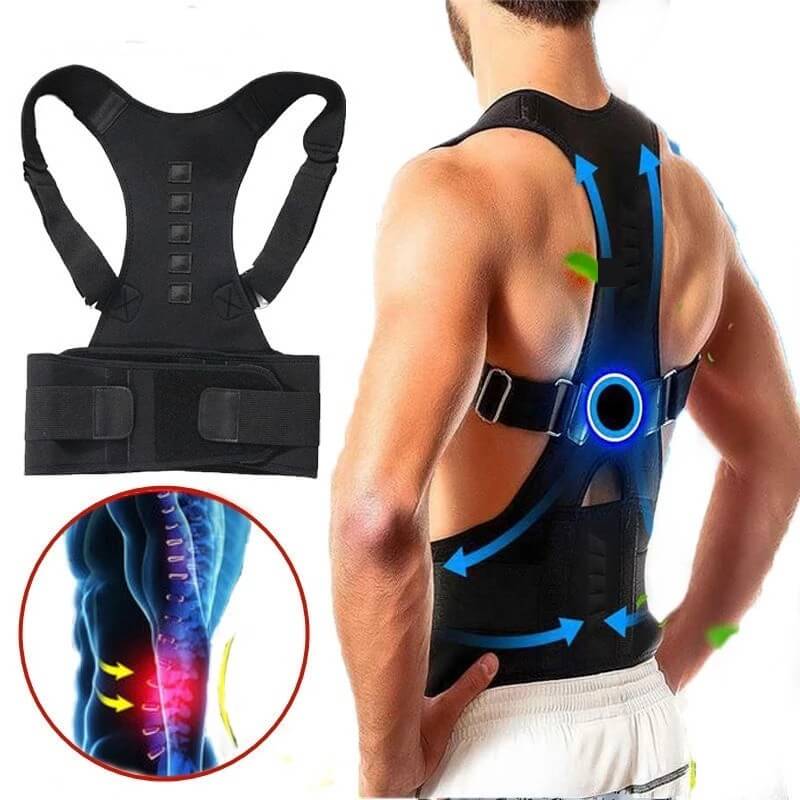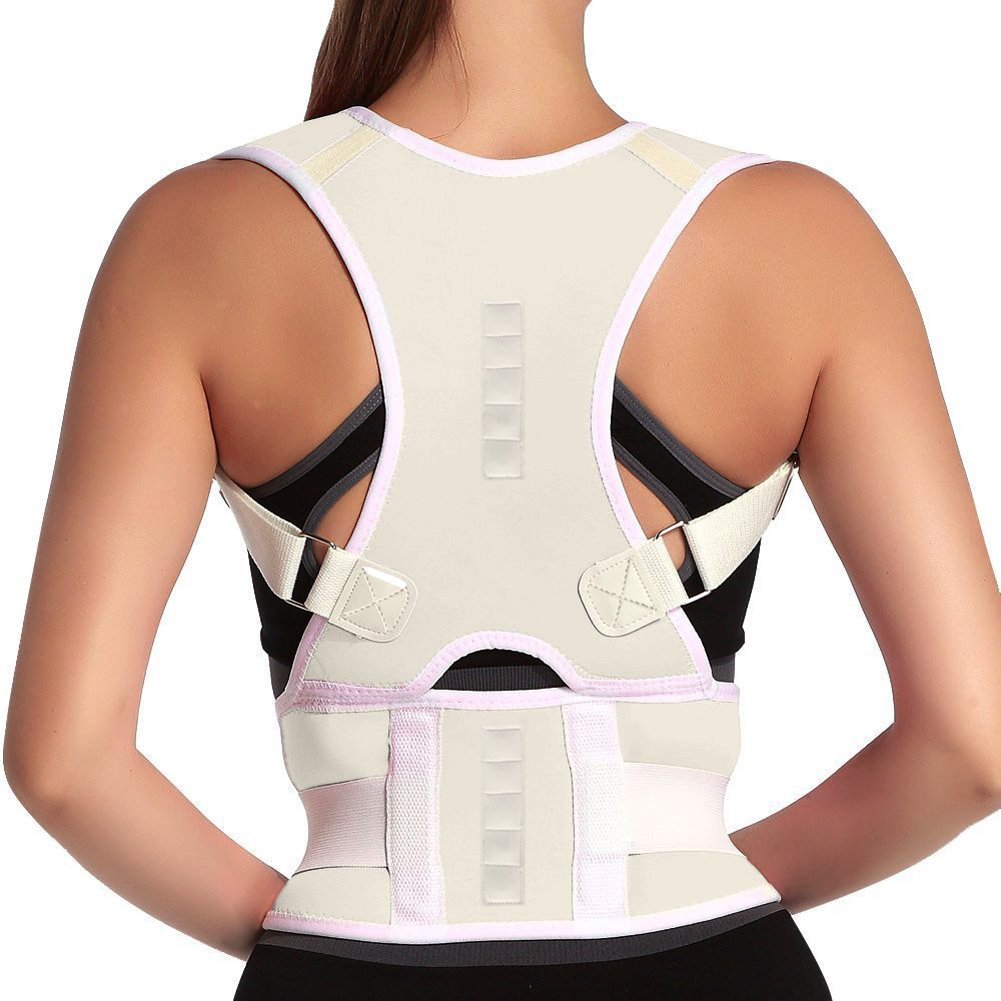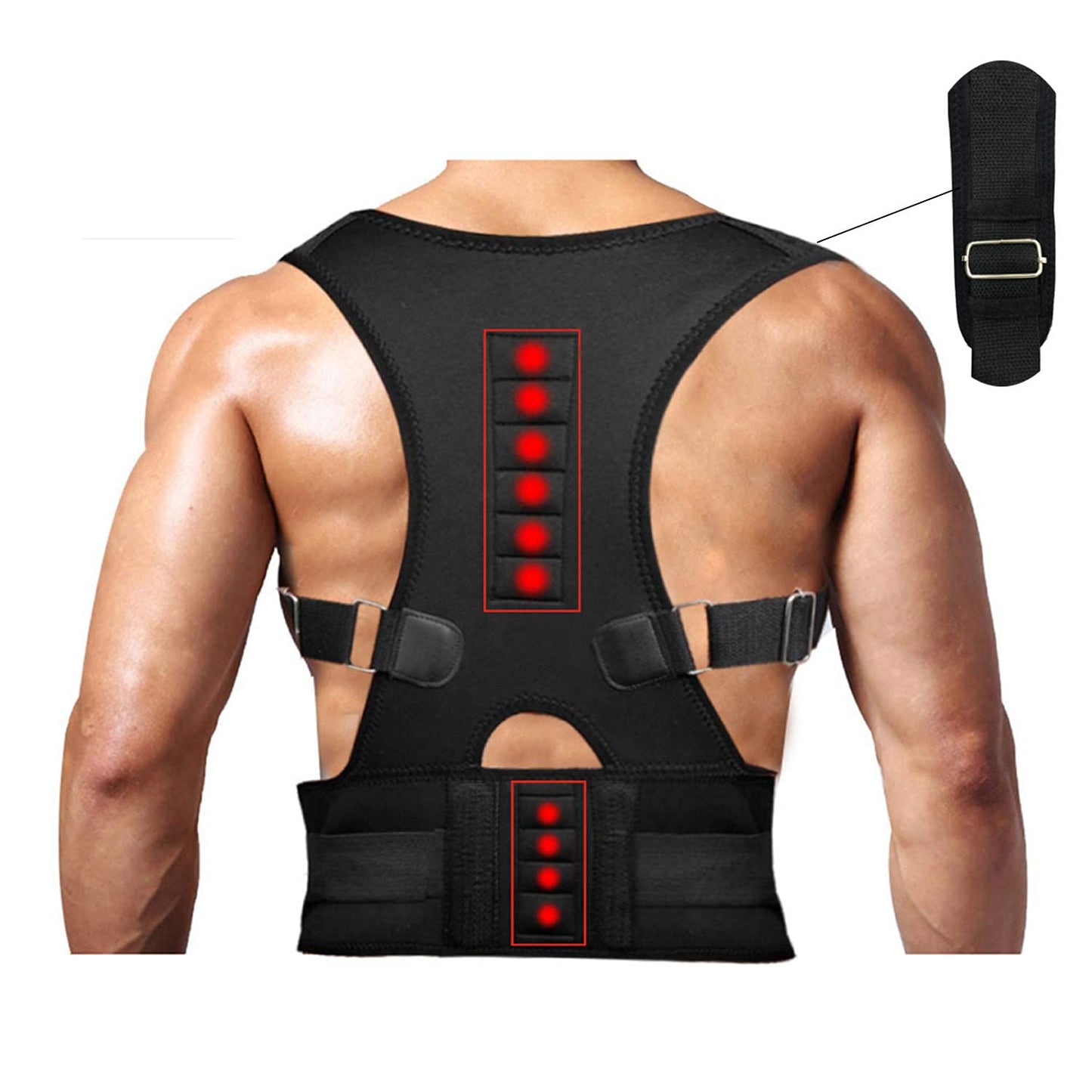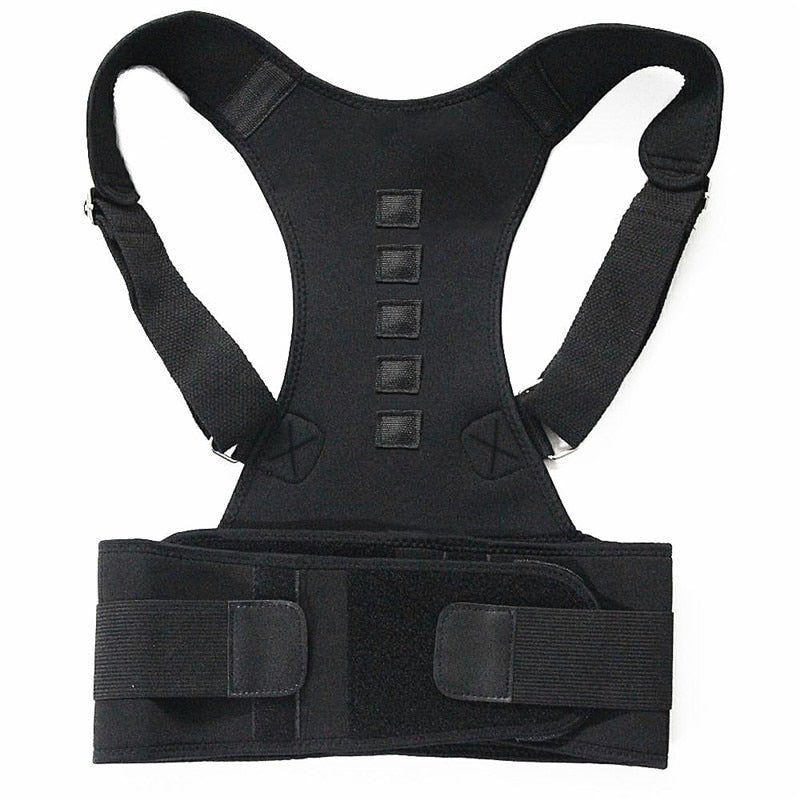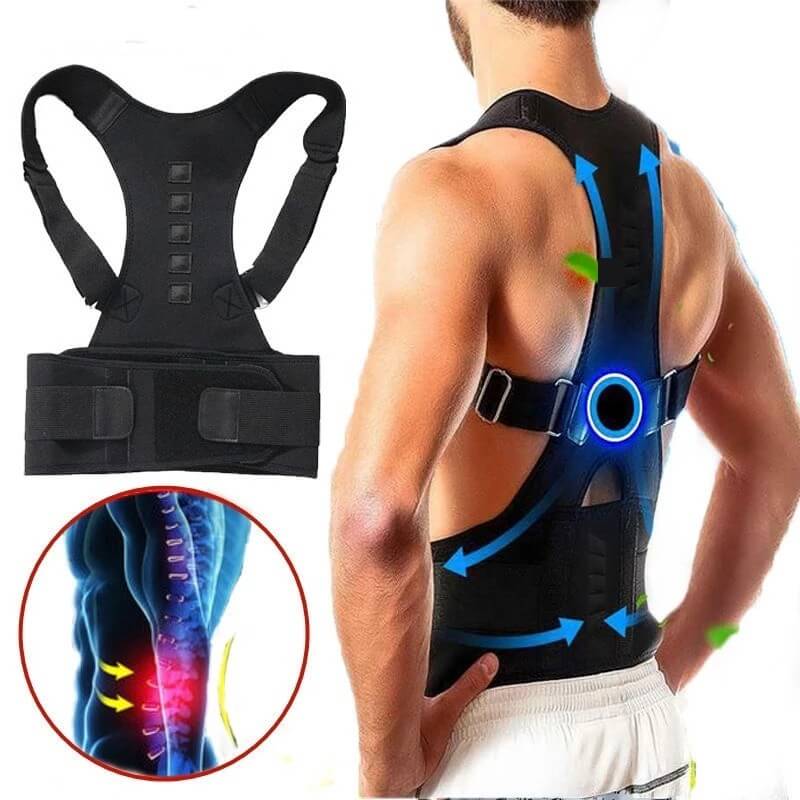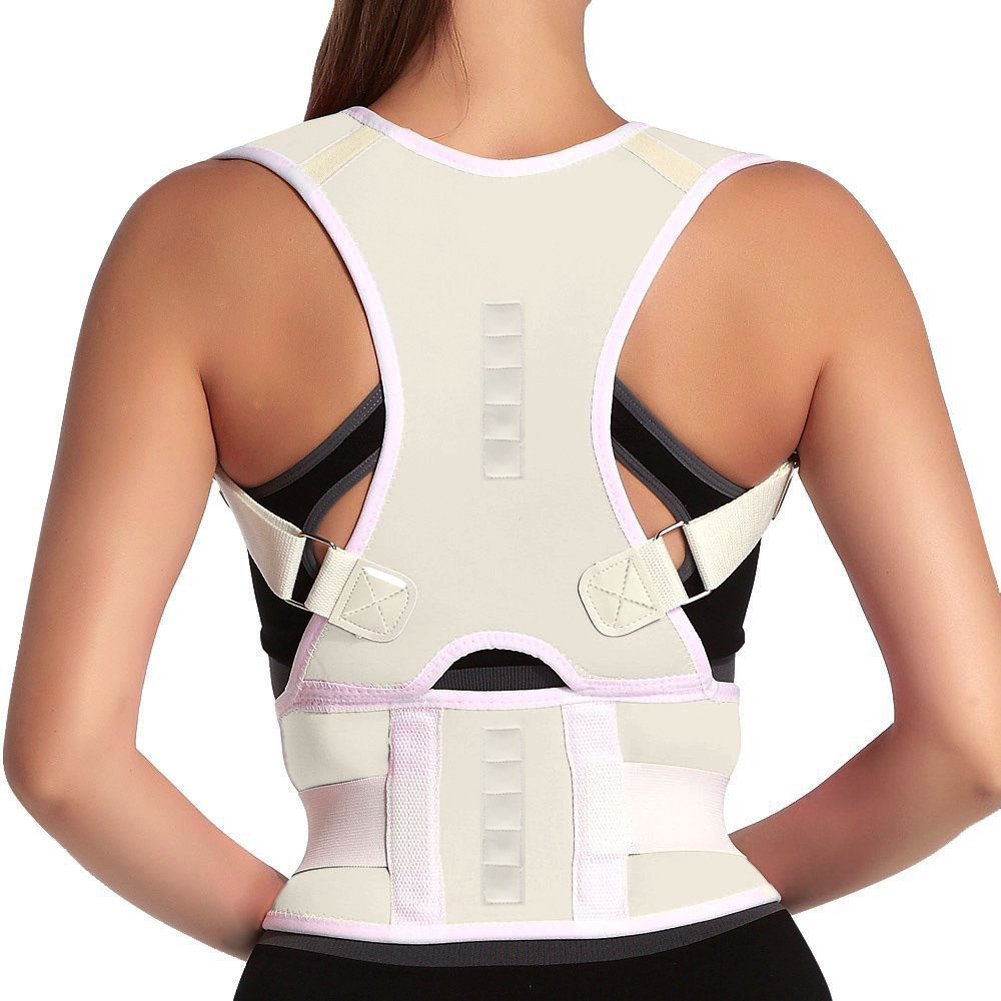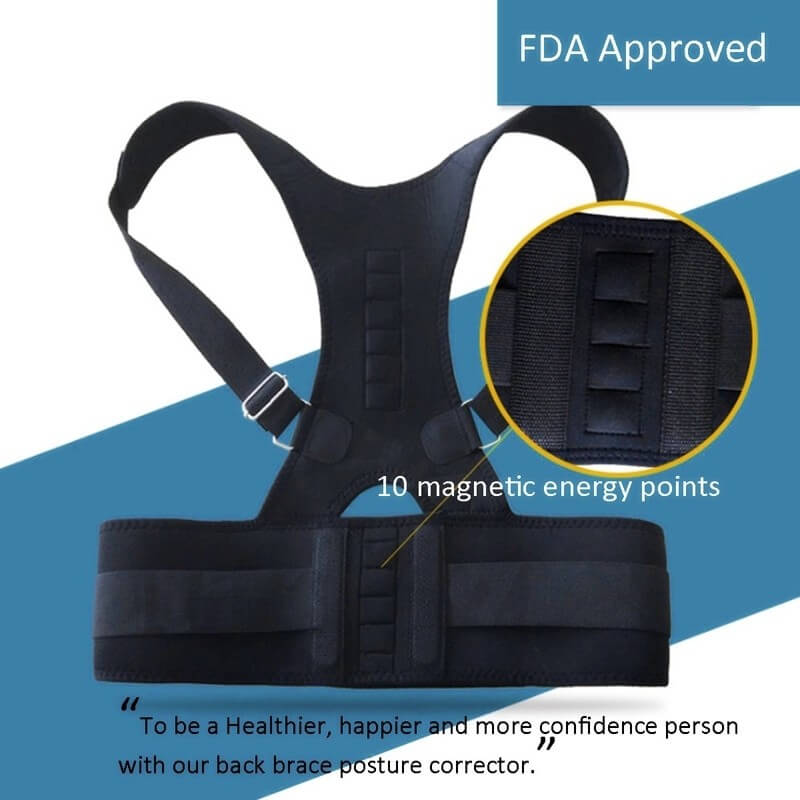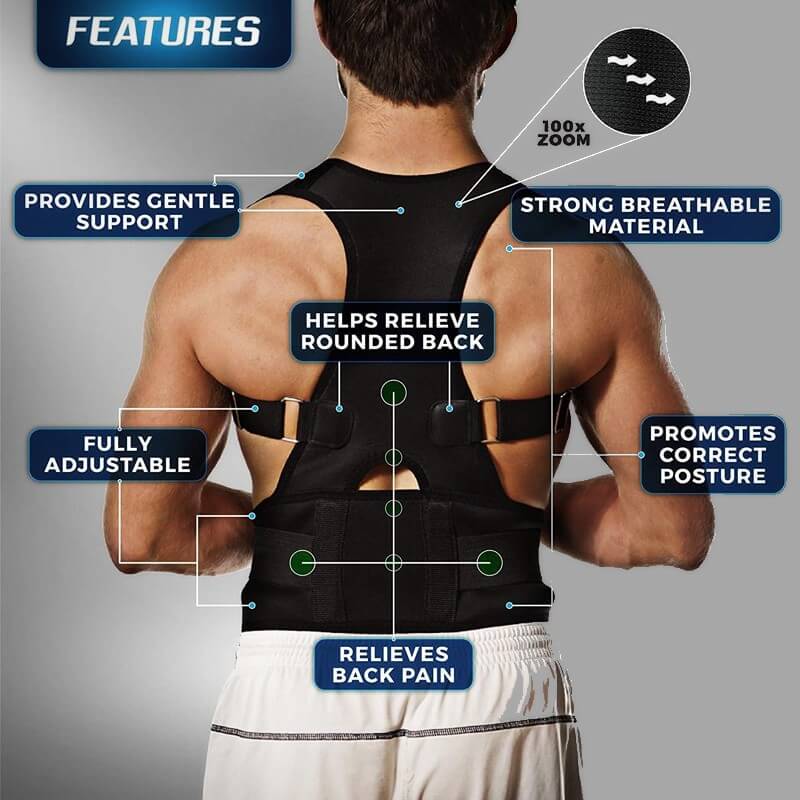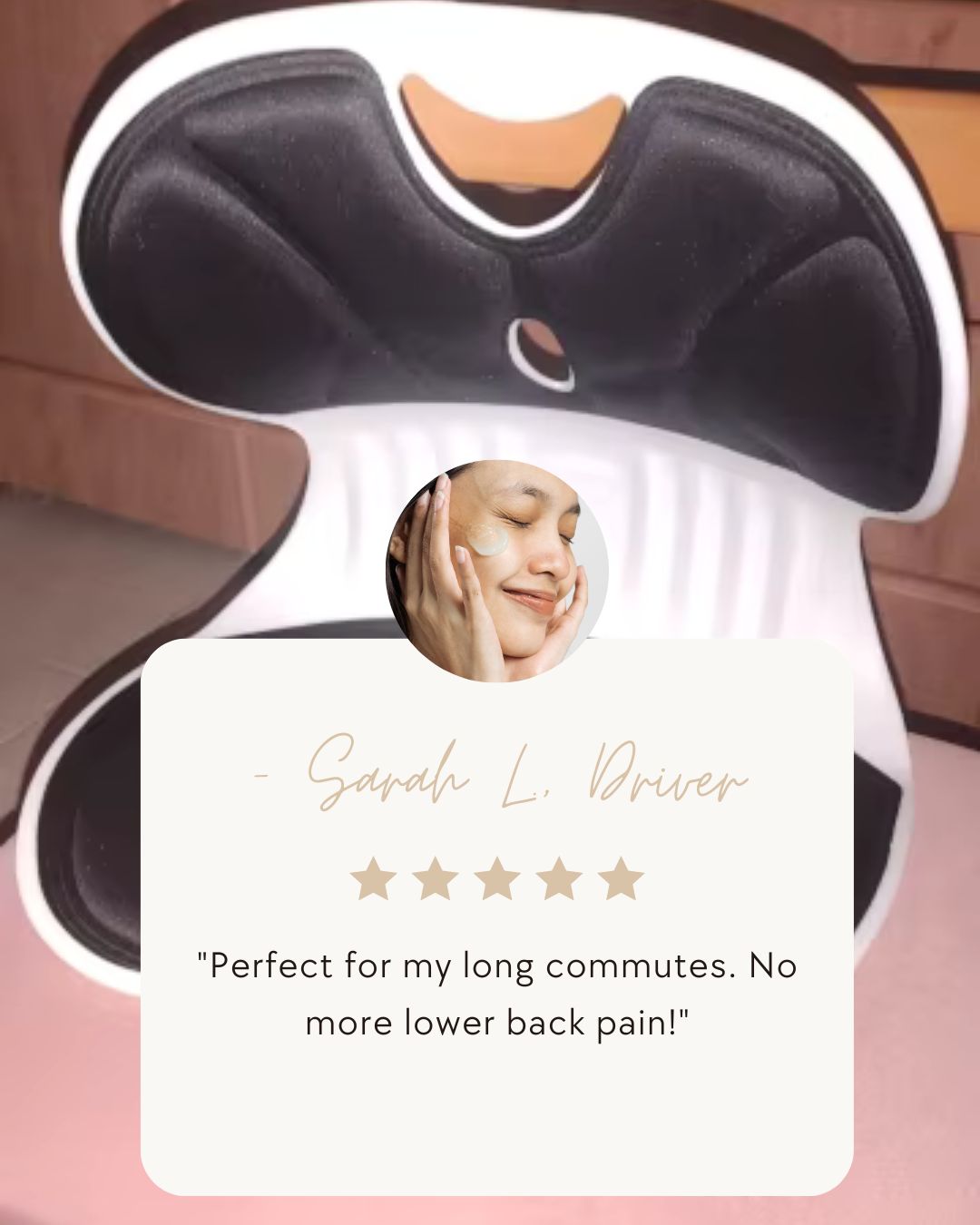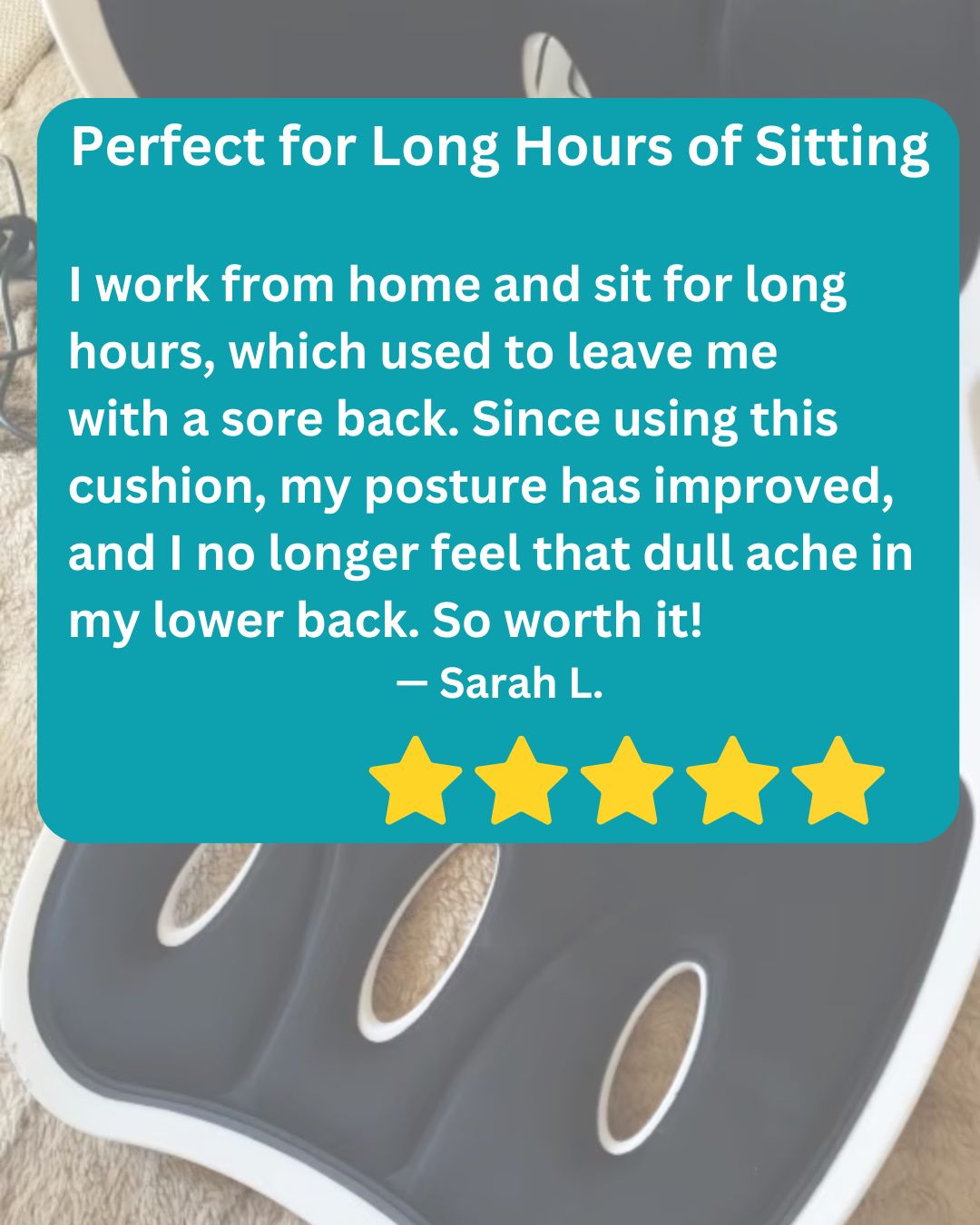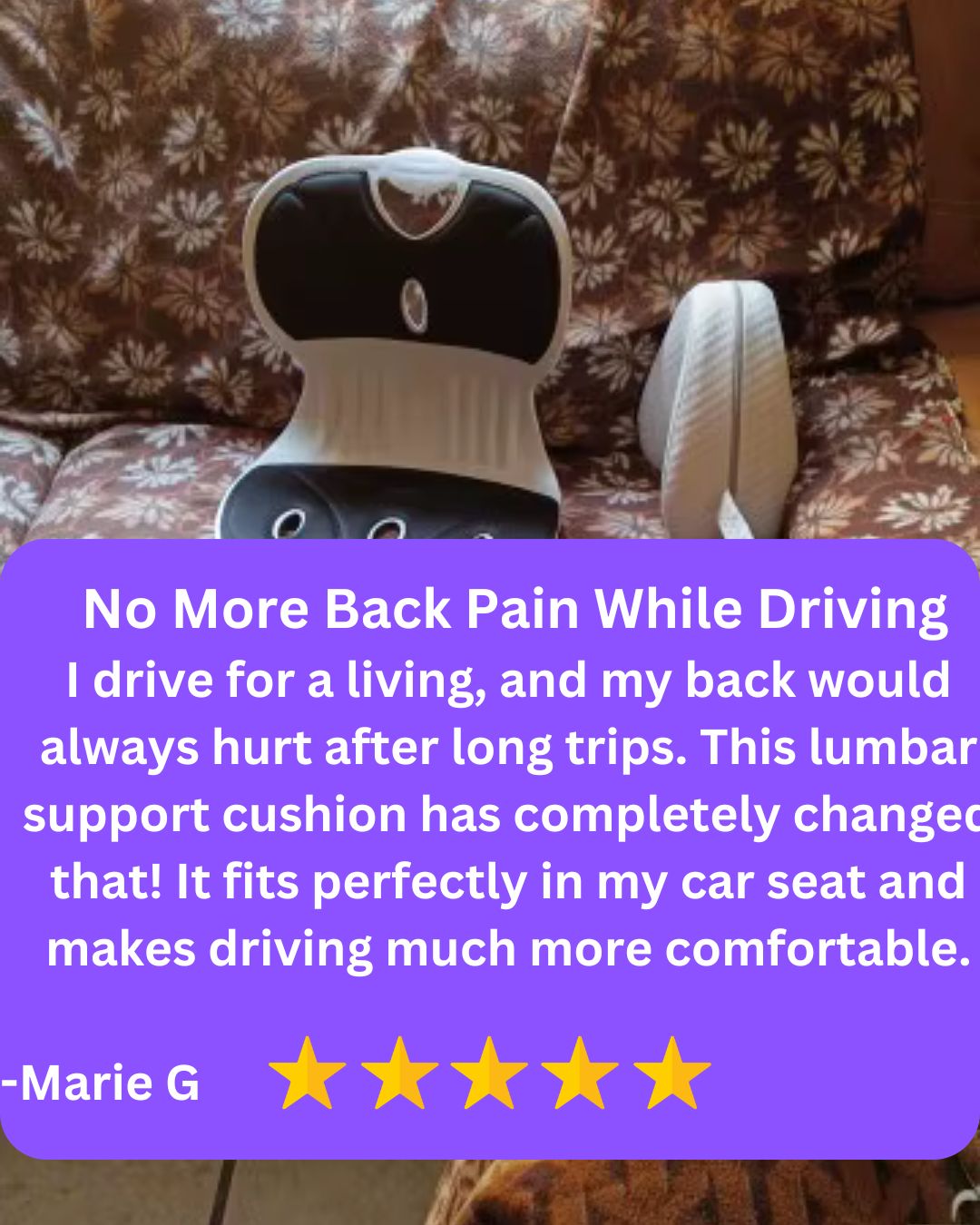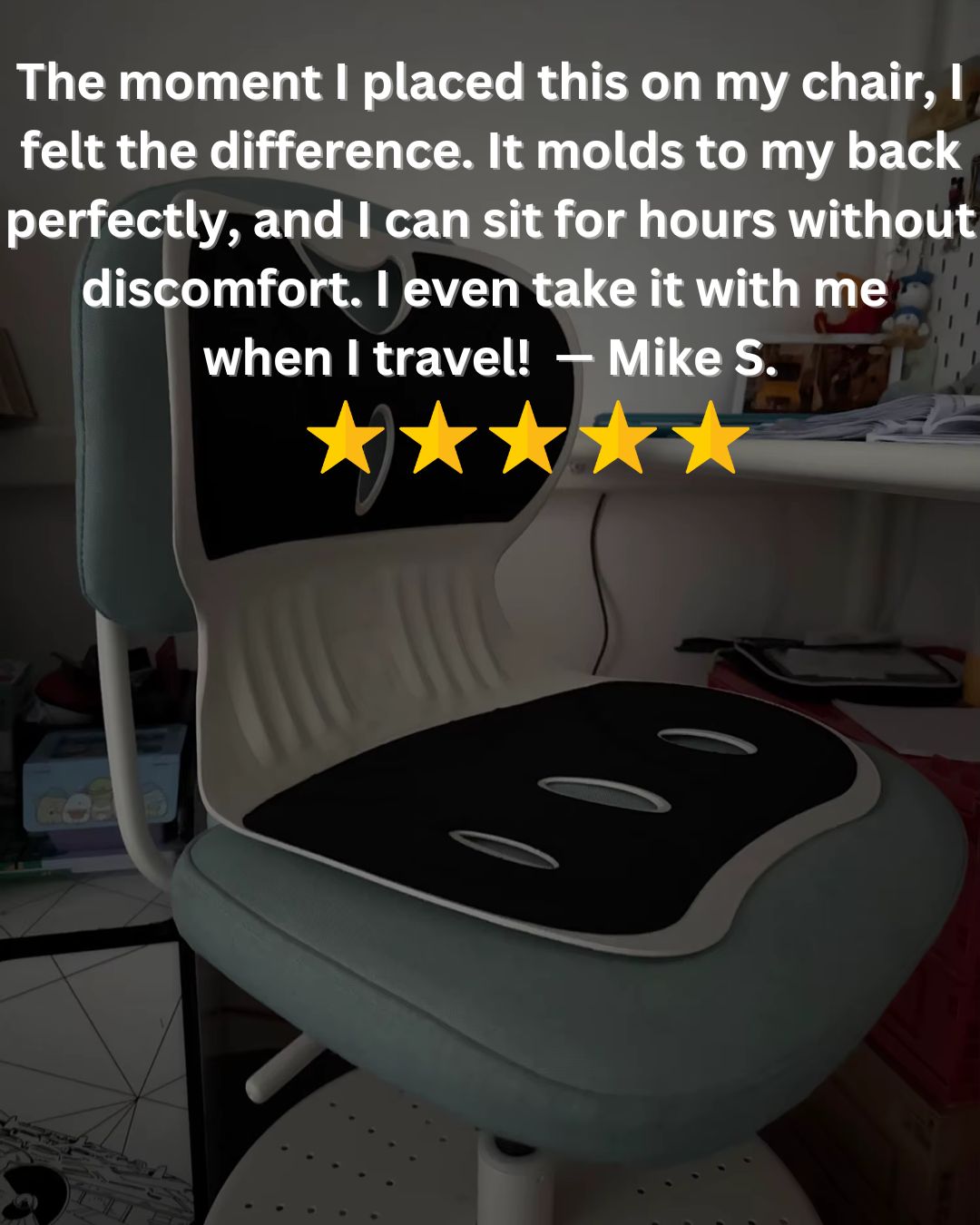A herniated or ruptured disc can be a source of significant discomfort, affecting mobility and quality of life. This condition involves a spinal disc's soft, gel-like center pushing out through a tear in its tougher exterior, potentially irritating nearby nerves. Here’s a detailed guide to understanding, managing, and preventing herniated discs.

What is a Herniated Disc?
Spinal discs sit between the vertebrae, acting as shock absorbers and providing flexibility to the spine. When a disc’s outer layer weakens or tears, the inner material can bulge out or rupture, pressing on spinal nerves and causing pain and other symptoms.
Common Causes of Herniated Discs
- Aging:
- Disc degeneration due to age makes discs less flexible and more prone to tears.
- Sudden Injury:
- Lifting heavy objects improperly or experiencing a fall can cause a disc to herniate.
- Repetitive Strain:
- Continuous bending, twisting, or lifting can place undue stress on spinal discs.
- Genetic Predisposition:
- A family history of disc issues can increase susceptibility.
- Obesity:
- Excess weight amplifies pressure on the spine.
- Sedentary Lifestyle:
- Lack of physical activity can weaken back and core muscles, increasing strain on the spine.

Symptoms of a Herniated Disc
- Localized pain in the back or neck
- Radiating pain to the arms, hands, legs, or feet
- Numbness or tingling in the affected areas
- Muscle weakness
- Pain that worsens with movement, coughing, or sneezing
Effective Solutions and Management Options

Non-Surgical Solutions:
- Physical Therapy:
- Tailored exercises can strengthen supporting muscles and alleviate pressure on nerves.
- Medications:
- Over-the-counter pain relievers and anti-inflammatory drugs can reduce discomfort.
- Heat and Ice Therapy:
- Applying heat or ice packs to the affected area can help manage pain and inflammation.
- Chiropractic Adjustments:
- Realigning the spine can relieve pressure on the affected nerve.
- Epidural Steroid Injections:
- Direct injections to the inflamed area can provide temporary relief.
Surgical Options (for severe cases):
- Microdiscectomy:
- A minimally invasive procedure to remove the herniated portion of the disc.
- Laminectomy:
- Removes part of the vertebra to relieve pressure on the spinal cord or nerves.

Preventing Herniated Discs
- Engage in regular, low-impact exercises like swimming or walking to strengthen your core and back muscles.
- Practice proper posture while sitting, standing, and lifting.
- Avoid smoking, as it accelerates disc degeneration.
- Use ergonomic furniture and equipment to reduce strain.
- Maintain a healthy weight to minimize pressure on the spine.
When to See a Doctor
Seek medical attention if you experience severe pain, numbness, or weakness that interferes with daily activities, or if your symptoms do not improve with conservative treatments.

Final Thoughts
A herniated or ruptured disc doesn’t have to define your life. With the right combination of treatments and lifestyle changes, most people can find relief and regain mobility. Early diagnosis and proactive care are key to minimizing discomfort and preventing further complications.
If you suspect a herniated disc, consult a healthcare professional to determine the best course of action tailored to your needs. Taking care of your spine is an investment in your long-term health and well-being.


